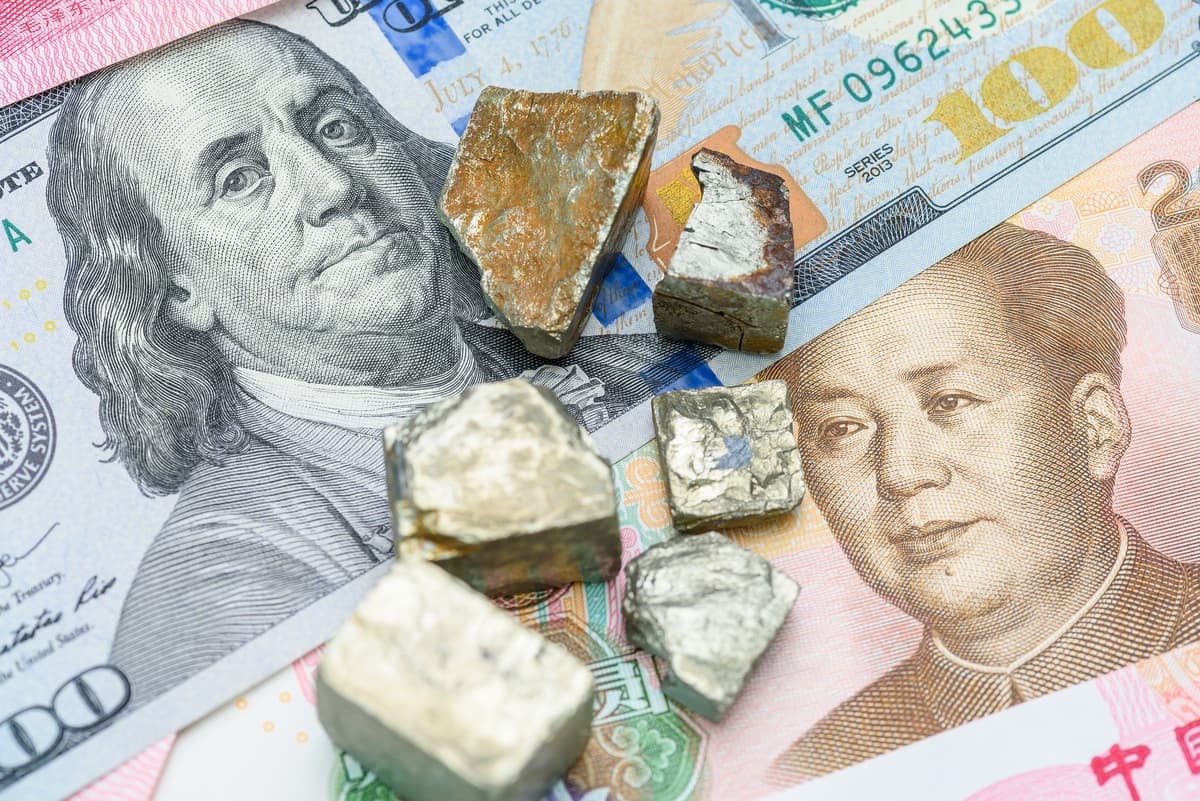America’s Secret Weapon in Escalating Rare Earths Conflict With Communist China
Not only do we leave rare earths in the ground — we dump them into landfills.

Communist China’s move to restrict exports of valuable rare earth minerals has reignited the Trump administration’s trade war with that country, as President Trump Friday announced 100 percent tariffs on all Chinese exports to America.
Predictably and appropriately, it’s also revived focus on the fact that America has its own vast reserves of rare earths — but lacks the political will to overcome regulatory barriers to their mining. There’s currently only one such mine operating in America, at Mountain Pass, California, with large undeveloped reserves in Wyoming, Montana, and Arizona.
Yet not only do we leave rare earths in the ground — we dump them into landfills. Even as local governments mandate recycling of plastic and paper, they simply dump valuable “e-waste” that could be recovered.
Think here of old cellphones, computers, DVD players, and microwave ovens. Such devices can contain many of the 17 metallic elements designated as rare earths, including lithium, cobalt, and indium, vital to batteries and touch screens A February 2020 United Nations “electronic waste monitor” analysis of the e-waste stream identified as many as 56 elements in electronic devices routinely sent to dumps. Per the report, just one kilogram of mixed e-waste, if separated from the general waste stream, can be worth $168. The resources in a similar amount of hard drives are valued — again, if isolated for recovery — at $454. Ubiquitous LED lights also contain valuable rare earths.
That contrasts with what we typically seek to recycle, paper and plastic, whose values vary with market conditions but for which there can be no value at all at times (especially for plastic). When the costs of such “wishcycling” are full counted — including the labor of special pick-up trucks — they can be money-losers. As environmental groups themselves are now emphasizing, though, only a tiny percentage of plastic put aside for recycling actually becomes part of a new product. (They would rather reduce the use of single-use plastic altogether.)
All those blue bins, in other words, are more virtue signals than economic or environmental positives. They’re a drain on strained municipal budgets.
A long-term approach to releasing China’s rare earths tourniquet on electronics manufacture, in addition to new mines, can start with making sure cellphones don’t go to landfill.
If electronics now included in the general waste stream were instead set aside, fast-evolving techniques could “mine” their rare earths. A recent study published in the journal Nature reported on sustainable bio-extraction of rare earth elements from discarded LED lamps. Bacteria-based “bio leaching” could lead to a 43 percent recovery rate for one rare earth (praseodymium).
Again, though, that requires making sure these new-era light bulbs don’t go straight to landfill.
Some 110 municipalities nationwide have outright halted traditional glass, plastics, and metal pickups for recycling, mainly due to cost — they are money-losers. Yet localities have not yet begun curbside pickup of that which is valuable: electronics. At New York City, it’s illegal to include laptops and major electronics in mixed trash — but disposal requires seeking out a “retail or nonprofit drop off location near you accepting electronics.”
There are a number of better approaches worth trying, Many communities charge residents a trash disposal fee, separate from the general property tax bill. Sometimes this means paying per bag or by volume. Electronics could be picked up free of charge, The municipalities themselves could then realize revenue through the sale of the disposed electronics. It’s always possible simply to mandate e-waste separation, though a financial incentive is better.
If that’s too hard for municipalities, however, it turns out that a new approach to an old technology — incinerators — can play a role. A Department of Energy study highlights the potential of extracting rare earths from “incinerator bottom ash.” It turns out that what’s left over after incineration can be “mined” magnetically.
Tariffs on China’s exports may force Beijing to relax its rare earths export restrictions. Yet the need for those minerals in the modern industrial economy is not going away. That calls for an all-of-the above response — opening new nickel and lithium mines but also taking steps to recover minerals from the trash. That means rethinking what can actually be recycled and how to encourage it.

